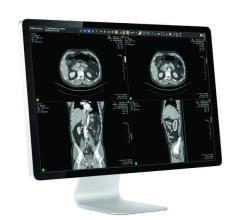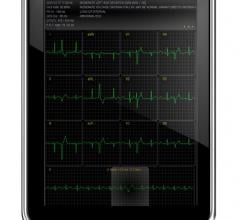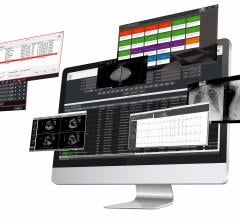
February 24, 2014 — The 25th Annual 2014 HIMSS Leadership Survey examines topics crucial to healthcare leaders including IT priorities, issues driving and challenging technology adoption and IT security. One finding from this year’s survey concerns the perceived impact financial resources are having on IT implementations. A majority of the survey participants (65 percent) reported IT budget increases, which is likely a contributing factor to the transition to a paperless environment. However, a lack of adequate financial resources tops the list of barriers to successful IT implementation. This is a shift from the past two years when the primary IT challenge was insufficient and untrained staffing resources.
The survey explores the progression of healthcare organizations from paper-based systems to a near paperless environment where medical data is fluidly and securely shared between providers. This year’s respondents suggest that government efforts to encourage providers to adopt health IT initiatives across the country, such as Meaningful Use (MU), have been successful. For example:
-
Over 90 percent of survey respondents have already qualified for Stage 1 Meaningful Use
-
Approximately three-quarters expect to qualify for Stage 2 in 2014
-
Nearly all respondents expect to complete their conversion to ICD-10 by October 2014
“It is refreshing to see how much progress providers have made in the past 25 years when it comes to integrating health IT into their patient care strategies,” said Lorren Pettit, vice president of market research for HIMSS Analytics. “It is clear that healthcare reform initiatives are paying off and we hope that these findings will validate the ROI of health IT so that we may continue down this path of a more cost-effective, efficient healthcare system that engages the patient.”
Additional key findings include:
-
Providers were identified as IT project champions. Two-thirds of respondents reported that they participate in a health information exchange organization (HIO), up from approximately 50 percent in the 2013 survey.
-
Top IT priorities are around computerized practitioner order entry (CPOE) and physician documentation.
-
Patient portals and other mediums for patients to access information are increasing. Approximately 36 percent of respondents are providing patients with secure, on-line access to clinical patient information, up from 12 percent in 2010.
-
Clinicians play key role in IT adoption. Clinicians are IT project champions and actively participate in the IT system selection process. The number of respondents employing a chief nursing information office (CNIO) has also doubled in the past year to 15 percent.
The survey reflects the responses of 298 respondents that were collected December 2013 through January 2014, representing data from more than 650 U.S. hospitals.
For more information: www.himss.org


 March 06, 2024
March 06, 2024 



